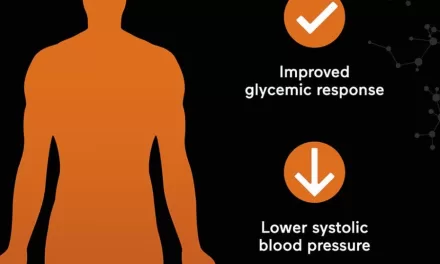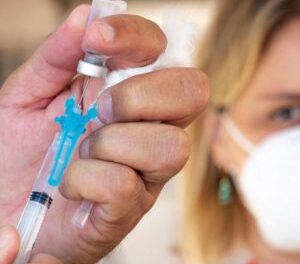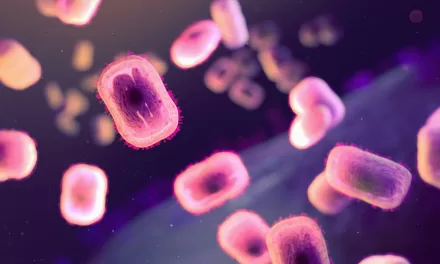In a pioneering effort to address the chronic shortage of human organs for transplantation, recent trials involving pig organs have yielded mixed results, highlighting both promise and challenges in the field of xenotransplantation.
Last week, Richard Slayman, the first living person to receive a kidney from a genetically modified pig, passed away less than two months post-transplant, a development that underscores the complexities involved. This outcome mirrors earlier trials where recipients of pig hearts also succumbed around the two-month mark, defying initial expectations.
“This indicates that while we’ve made significant strides from primate studies, the transition to human trials has not been as successful as hoped,” commented Robert Montgomery, a transplant surgeon at New York University.
Despite setbacks, these trials have provided hope to critically ill patients who had exhausted conventional treatment options. Insights gained from these experiences are invaluable, ranging from refining immunosuppressant therapies to enhancing screening methods for potential pathogens in donor organs.
Muhammad Mohiuddin from the University of Maryland emphasized the challenges faced, including immune responses triggered by therapeutic antibodies and latent infections like porcine cytomegalovirus, necessitating more rigorous pre-transplant screening protocols.
All procedures, including those on David Bennett and Lawrence Faucette who received pig hearts in 2022 and 2023 respectively, were conducted under compassionate use approvals due to the life-threatening conditions of the patients involved. Advocates are now urging regulatory bodies to consider broader clinical trials to systematically evaluate the procedure’s efficacy.
Recent advancements include genetic modifications in donor pigs, with some specimens boasting up to 69 edits to prevent rejection and reduce viral transmission risks. Innovations such as integrating the pig thymus alongside the organ during transplant, as seen in Lisa Pisano’s case, represent promising avenues for future research.
“Each trial provides us with crucial data,” Montgomery emphasized, noting ongoing studies examining cellular rejection patterns unique to xenotransplants compared to human organs. These findings are pivotal in designing tailored immunosuppressive treatments for future patients.
While challenges persist, experts remain cautiously optimistic about the potential of xenotransplantation to alleviate organ shortages in the long term. As research progresses, the hope is to refine techniques and protocols, bringing this transformative technology closer to widespread clinical application.
The journey from lab to bedside continues, fueled by the resilience of patients, the dedication of researchers, and a shared commitment to overcoming the remaining hurdles in xenotransplantation.
Reference:












